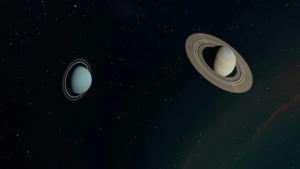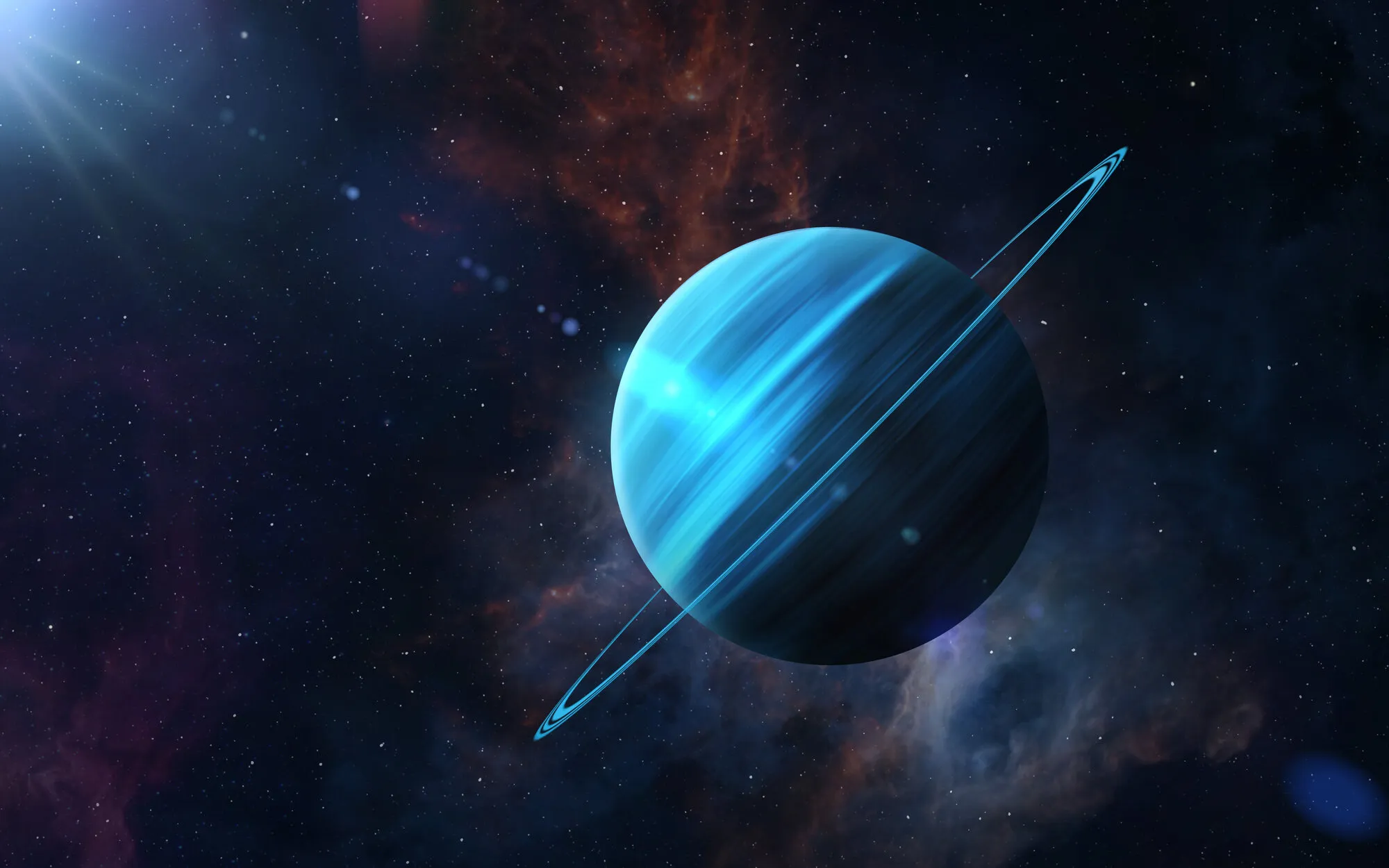Xiaozai Tiankang: The World’s Largest and Deepest Natural Sinkhole
In the heart of China’s Penji region lies Xiaozai Tiankang, the largest and deepest natural sinkhole on Earth. This breathtaking sinkhole, entirely formed by natural geological processes, reaches an astounding depth of 662 meters and a width of 537 meters. Not only does it astonish with its sheer size, but


















